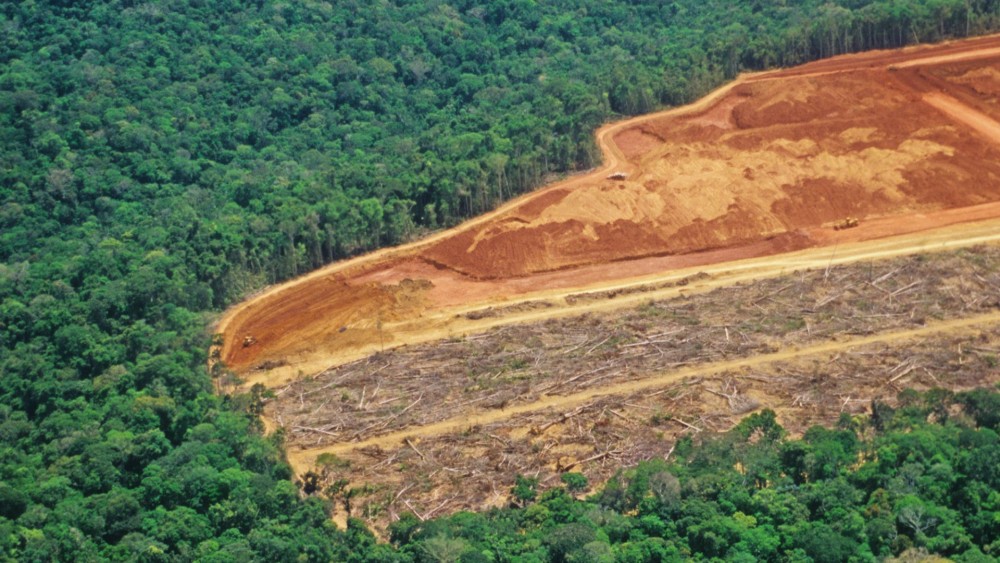This Week’s Headlines (24 - 30 June 2023)
30 Jun 2023

|
Indonesia's Pertamina, Electrum sign battery packs development deal
Indonesia's state energy company Pertamina said late on Monday it plans to develop battery
The agreement was signed during a groundbreaking ceremony for Electrum's electric scooter
The planned battery packing facility run by Pertamina's renewables unit and Electrum could
Indonesia has the world's largest reserves of nickel - a key element in electric vehicle (EV)
Source: Reuters
|
|
Indonesia’s FDI to Hit 1.4 Pct of GDP in 2025: World Bank
Indonesia's foreign direct investment (FDI) could go up to 1.4 percent of its gross domestic
The World Bank attributed this uptick to the job creation law and the government's industrial
"FDI is projected to gradually pick up as the Omnibus Law on Job Creation and the Indonesian
Indonesia's net FDI is projected to grow to 1.3 percent of the country's GDP this year from 1.1
According to the multinational lender, an open market is a recipe for Indonesia to reach high-
The World Bank stated Indonesia has had "historically restricted market competition" through
"There is a need to enhance competition to spur Indonesia's productivity growth. The job
"They had a very large number of sectors that were closed or restricted for private investment.
From now on, Indonesia needs to identify the specific constraints within policy areas or sectors
"Indonesia [would have to] remove the remaining restrictions to competition that are embedded in
The World Bank called Indonesia's financial sector omnibus law "a major reform step". This
"Having access to financing is necessary for the private sector to flourish and invest. [...] Let's get
Source: The Jakarta Globe
|
|
Indonesia records decline in deforestation in 2021--2022
The Ministry of Environment and Forestry has registered a decline in deforested area in Acting Director General of Forestry Planning and Environmental Management at the Ministry,
Source: AntaraNews
|

